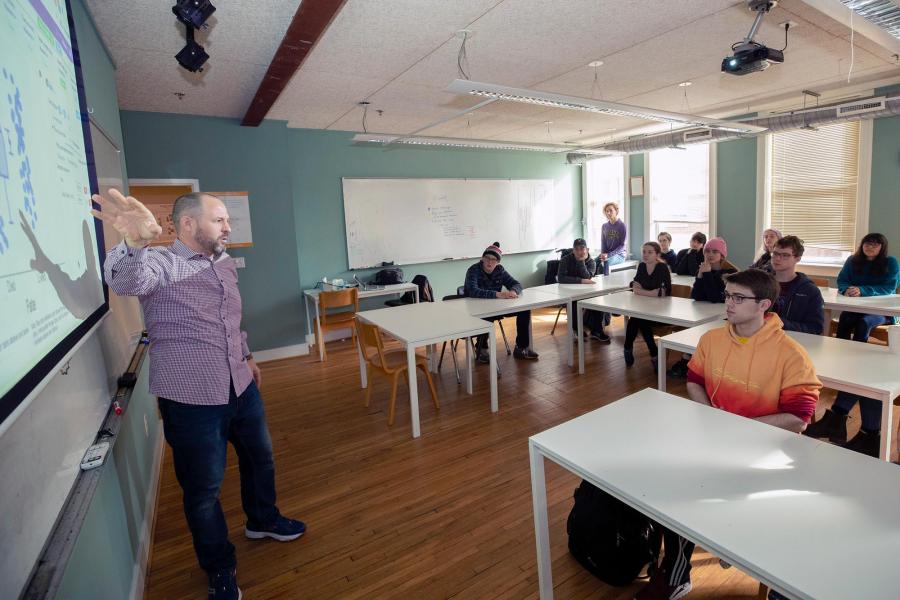‘The Secret Life of Baby Turtles’
The researchers found that their readings for the first 40 days of incubation were virtually indistinguishable from background noise. After that time, though, things would get interesting.
In the final week or two of incubation, the subtle activity would more clearly evidence itself. Then, there would often be a new low in activity – the prehatch phase – before a burst. As the turtles broke free from their shells, they would scramble past the sensor.
The researchers were accurately able to monitor both the beginning and end of hatching activity, which occurs in undulations over a period of about two days. During approximately another day and a half, the turtles would go mum again, as they awaited their moment to rise.
“We’ve known there is incubation, and we’ve known they all hatch and gather en masse,” Clabough said. “Sometimes there’s a trickle. But what’s really interesting in what we detected is that hatching activity tends to happen in these waves; then they’ll all kind of settle down. Our interpretation of this is there might be some vibration or movement cue for them to coordinate.”
But if vibration helps the turtles know when to hatch, how do they know when to leave their sandy burrow?
“There are theories in the literature that they’re waiting for temperate changes when its cooler, which would usually be a night,” she said.
For the purposes of conservation management, the sensors notably helped rule out infertile nests while warning against predation and tidal surges due to storms. The volunteers were also able to wait 40 days after a nest was laid to move the communication towers into place, since nothing much could be detected before then, allowing volunteers to do more with less equipment.
Most importantly, though, the research demonstrated that barrier erection and turtle-sitting could be “just-in-time” processes, the paper states.
If nest depth is known, the technology can predict turtle emergence to the day.
“That’s pretty amazing because the protocol down there is a much bigger window,” said Clabough, who both helped install sensors and performed turtle vigils.
Currently, volunteers work in pairs for up to eight days – about five hours each night – in anticipation of the new arrivals.
The labor isn’t really free, either. North Carolina spends about $2 million a year to support the training and deployment of about 600,000 volunteers statewide. A more targeted approach to both people and resources could save money.












